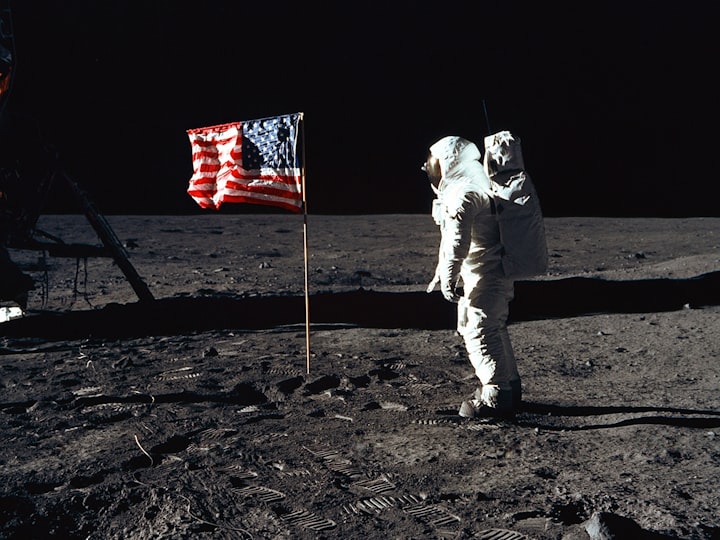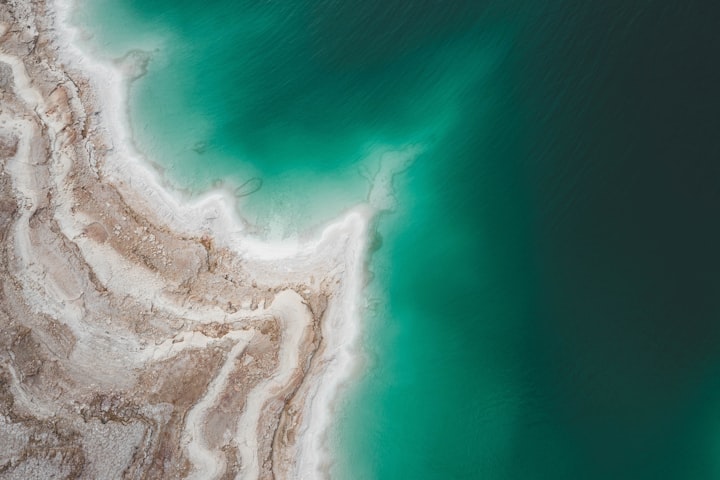The astronauts who boarded one of the most famous space shuttles have always died. They were part of a three-member Apollo 11 team, arriving the first month of 1969. Apollo 11 (July 16-24, 1969) was the first manned spacecraft to land on the moon.
They spent two and a half hours inside the spacecraft, collecting 215 kg of objects a month to return them to Earth. Command module pilot Michael Collins flew a spacecraft from the moon to the moon. The astronauts spent 21 hours and 36 minutes on the surface of the moon with Aldrin in a place they called Tranquility Base before arriving and departing to return to the lunar eclipse.
Neil Armstrong and Buzz Aldrin returned to Earth with the first samples of a planetary body. After the meal, the planned bedtime was postponed at the request of Armstrong and Aldrin's, and they began preparations for the descent to the moon.
Apollo 11 fulfilled its key role of man-made lunar eclipses and returned to Earth, paving the way for the next Apollo lunar missions. Apollo 8 placed three astronauts on the other side of the moon in December 1968 and Apollo 9 tested the lunar module on Earth orbit for the first time in March 1969. Of the three astronauts, Apollo 10 carried the first Apollo spacecraft to the moon before the planned arrival in July.
The probe was set at an elliptical orbit of 61 by 169 miles nautical, tilted 12.5 degrees on a lunar plane of the equator. Apollo 11 landed on the moon on July 19, flying 240,000 miles in 76 hours.
The mission was historic as it was the first time people had entered the face of the Earth or the Moon. In addition to the sample, astronauts performed several tests on the surface of the moon.
The organizers of NASA's missions spent two years researching the mass of the moon in search of the best place to make history. They examined the high-resolution images that were available at the time from the Lunar Orbiter and Surveyor program, looking at the number of corals, rocks, cliffs, and hills in the area of potential depletion and how easily astronauts could safely reside on their fuel and time requirements.
During the flight, crews broadcast two television sets inside the ship, and a third broadcast, as the moon approached, featured the moon's face and direction. Mechanical testing concluded that mechanical operations were successfully completed.
The Apollo 11 astronauts had several tasks to perform during EVA operations on the face. When time allowed, they planned to collect moon samples, do several experiments, and study and photograph the moon's face.
After five years of working for an international team of scientists and engineers, the National Aeronautics and Space Administration (NASA) conducted the first unauthorized work of Apollo in 1966 to test the integrity of the proposed aircraft and space shuttle structure.
On January 27, 1967, a catastrophic crash at the Kennedy Space Center in Cape Canaveral, Florida erupted when a fire broke out in a man-made presentation paper during a test of a proposed combination of a launch vehicle and spacecraft. NASA learned that the explosion of the launch pad was real when the weight of the Saturn V rocket used for lunar missions was shaken during the 1968 Apollo 6 spacecraft. In 1965, two engineers at NASA's Manned Spacecraft Center in Houston and the Johnson Space Center calculated that a fully charged Saturn V explosion could detonate a 1,400-meter-wide fireball at a temperature of 2,500 degrees Fahrenheit.
Fifty years ago, 600 million people around the world watched live on television next week as astronauts Neil Armstrong and Buzz Aldrin took the first steps in history on the Moon. Six and a half hours later Armstrong became the first to travel the moon (1930-2012). Since then, the historical event has been enlightened in many books, television programs, documentaries, and feature films.
Hear the arrival of the history of the Apollo 11 moon. American astronaut Neil Armstrong, Edwin Aldrin Jr., and Michael Collins reviewed Apollo 11, the space shuttle where American astronauts were the first to fly to the moon. Apollo 11 was the US space astronaut of the UN astronaut Neil Armstrong and pilot of the month module Edwin "Buzz" Aldrin, Jr. who became the first man to ever live on the moon and came into its own on July 20, 1969. It was the culmination of the Apollo Plan, the great American commitment to defeat the Soviet Union and put people on the moon.
Viewers of Neil Armstrong's first steps on the face of NASA's Apollo 11 mission are best known for space films depicting the first human arrival of the moon on the afternoon of July 20, 1969. These clips include photos of the Apollo 11 arrival captured on a 16mm camera mounted on a window. -Edwin Aldrin and Neil Armstrong's first step in the face of the moon, captured by a television camera and signal obtained from NASA Mission Control in Houston. This website contains historical material from the time we were on the ground up to the time spent on the main task clock. To launch the site, select "Start" one minute after launch and click "Drop" for a 51-year-old anniversary.
Michael Collins, one of three immigrant workers in the first month of 1969, Apollo 11, died at the age of 90, his family announced. Collins was on a lunar cycle with fellow astronauts Neil Armstrong and Buzz Aldrin, who rode on the moon. On July 16, 2019, Collins visited the Kennedy Space Center in Florida, a facility where these machines were developed 50 years ago.
Neil Armstrong was on the moon during the 1969 Apollo 11 missions. Apollo 11 brought the first astronauts to the surface of the moon on July 20, 1969. The astronauts left behind a 15-inch silicon disc with messages of interest from 73 countries and the names of the leaders of the summit and NASA.
About the Creator
Sita Dahal
Hello, I am Sita Dahal, I am an artist and love roaming around the globe.






Comments
There are no comments for this story
Be the first to respond and start the conversation.